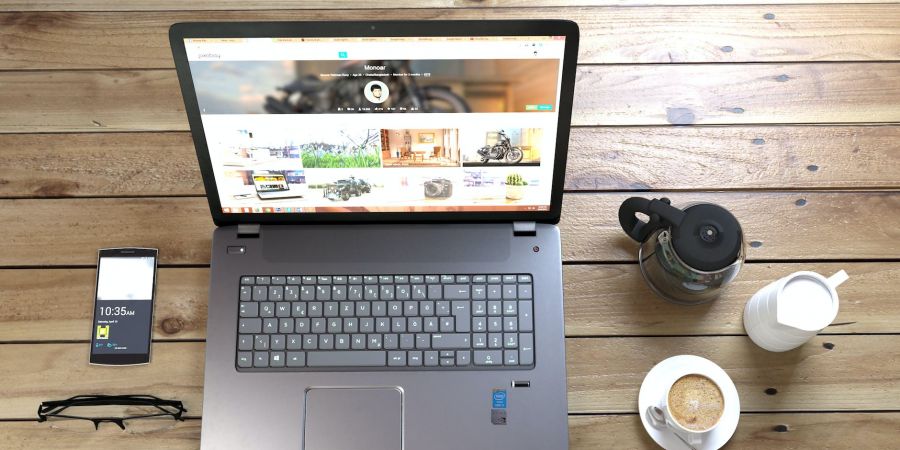

In this part, we'll cover the hidden starting point for responsive web architecture and its different structure blocks.
The groundwork of responsive plan is the blend of HTML and CSS, two dialects that control the substance and design of a page in some random internet browser.
HTML for the most part controls the construction, components, and content of a site page. For instance, to add a picture to a site, you need to utilize HTML code like this:
<img src="image.webp" alt="image" class=”full-width-img”>
You can set a "class" or "id" that you can later objective with CSS code.
You could likewise control essential credits like level and width inside your HTML, however this is not generally thought to be best practice.
All things considered, CSS is utilized to alter the plan and design of the components you remember for a page with HTML. CSS code can be remembered for a <style> part of a HTML record, or as a different template document.
For instance, we could alter the width of all HTML pictures at the component level like this:
img { width: 100%; }
Or on the other hand we could focus on the particular class "full-width-img" by adding a period in front.
.full-width-img {
width: 100 percent;
}
You can likewise control the plan past level, width, and variety. Utilizing CSS like this is the way you make a plan responsive when you join it with a procedure called media inquiry.
Media Queries
A media question is a basic piece of CSS3 that allows you to deliver content to adjust to various elements like screen size or goal.
It works likewise to an "if proviso" in some programming dialects, essentially checking in the event that a screen's viewport is sufficiently wide or excessively wide prior to executing the fitting code.
@media screen and (min-width: 780px) {
.full-width-img {
edge: auto;
width: 90%;
}
On the off chance that the screen is no less than 780 pixels wide, "full-width-img" class pictures will take up 90% of the screen and be consequently focused overwhelmingly.
Fluid Designs
A Fluid format is a fundamental piece of present day responsive plan. In bygone times, you would set a static incentive for each HTML component, as 600 pixels.
A Fluid design depends rather on unique qualities like a level of the viewport width.
The most essential emphasis of responsive pictures follows a similar idea as a liquid design, utilizing a powerful unit to control the width or level. The example CSS code we covered before as of now achieves this:
img {
width: 100 percent;
}
The % unit approximates to a solitary level of the width or level of the viewport and ensures the picture stays with respect to the screen.
The issue with this approach is that each client needs to download the standard picture, even on portable.
To serve various renditions scaled for various gadgets, you really want to utilize the HTML srcset property in your img labels, to determine more than one picture size to browse.
<img srcset="large-img.jpg 1024w,
center img.jpg 640w,
little img.jpg 320w"
src="small.jpg"
/>
WordPress naturally involves this usefulness for pictures remembered for posts or pages.
